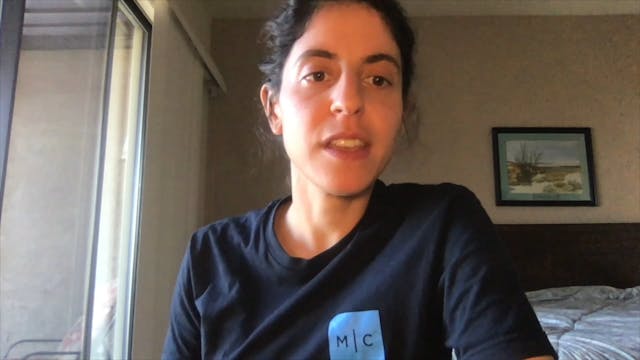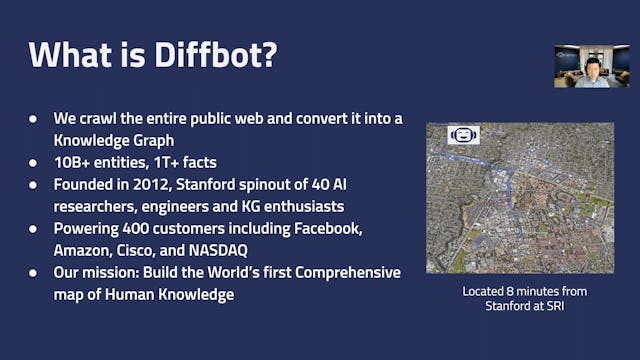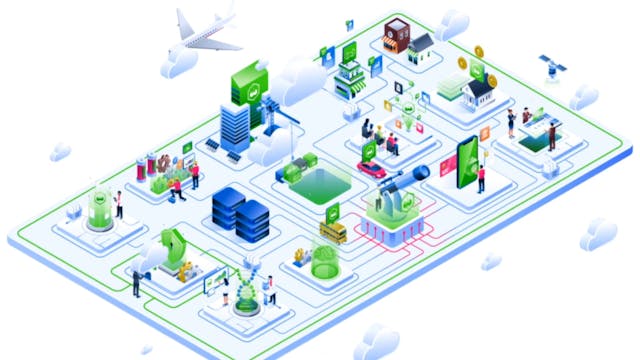Veronika Heimsbakk | Tales From The Road Of Text To Knowledge
KGC 2021
•
17m
When transforming amounts of plain text into semantic knowledge graphs using Resource Description Framework, a service for automatic interpretation became apparent. Manual interpretation of text depends on human domain knowledge and discovery of entities and relationships in the text. This process is a highly time consuming activity with a risk of misinterpretation. Based on the hypothesis that using Natural Language Processing techniques we can extract information and meaning from text faster than a human being, we successfully implemented a service for automatic metadata and ontology generation for a client in Norwegian public sector. This presentation will walk you through our hypothesis, the steps from text to RDF through Natural Language Processing, and our results.
Up Next in KGC 2021
-
Barr Moses | Data Observability: The ...
To keep pace with data’s clock speed of innovation, data engineers need to invest not only in the latest modeling and analytics tools, but also technologies that can increase data accuracy and prevent broken pipelines. The solution? Data observability, the next frontier of data engineering. I'll ...
-
Mike Tung | Automated Knowledge Graph...
Nearly every business is constantly trying to identify, analyze, and grow their market. Yet, traditional processes for data management inevitably lead to a database that contains missing, outdated, invalid, or inconsistent data. Automated knowledge graph construction techniques are a scalable w...
-
Laura Ham | Introduction To Weaviate ...
This talk is an introduction to the vector search engine Weaviate. You will learn how storing data using vectors enables semantic search and automatic data classification. Topics like the underlying vector storage mechanism and how the pre-trained language vectorization model enables this are tou...



